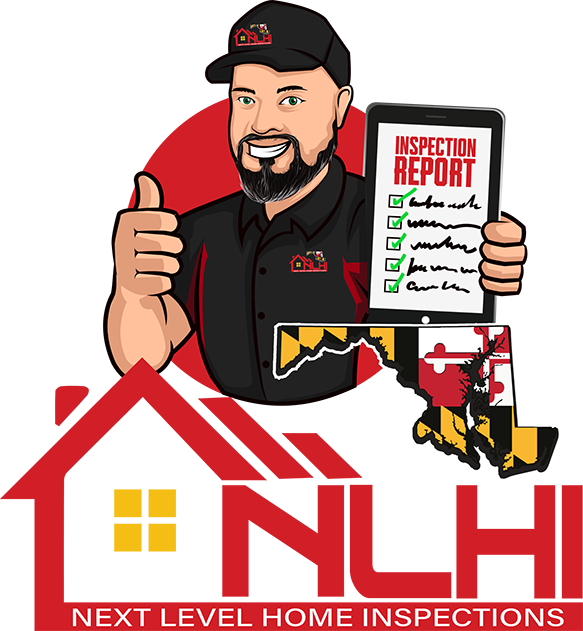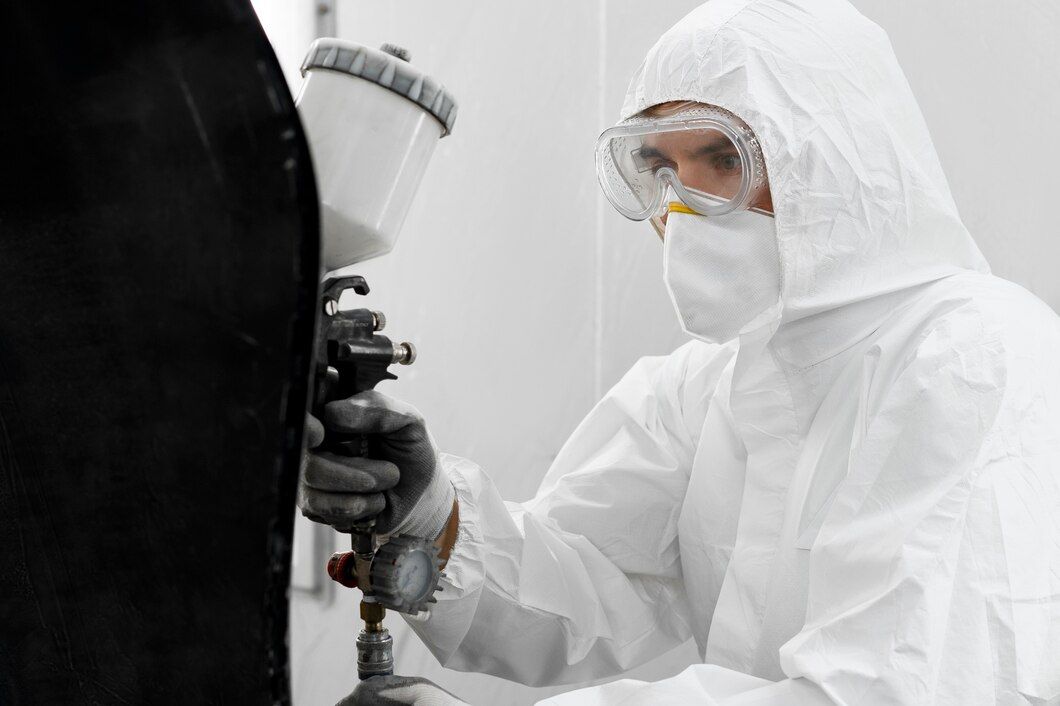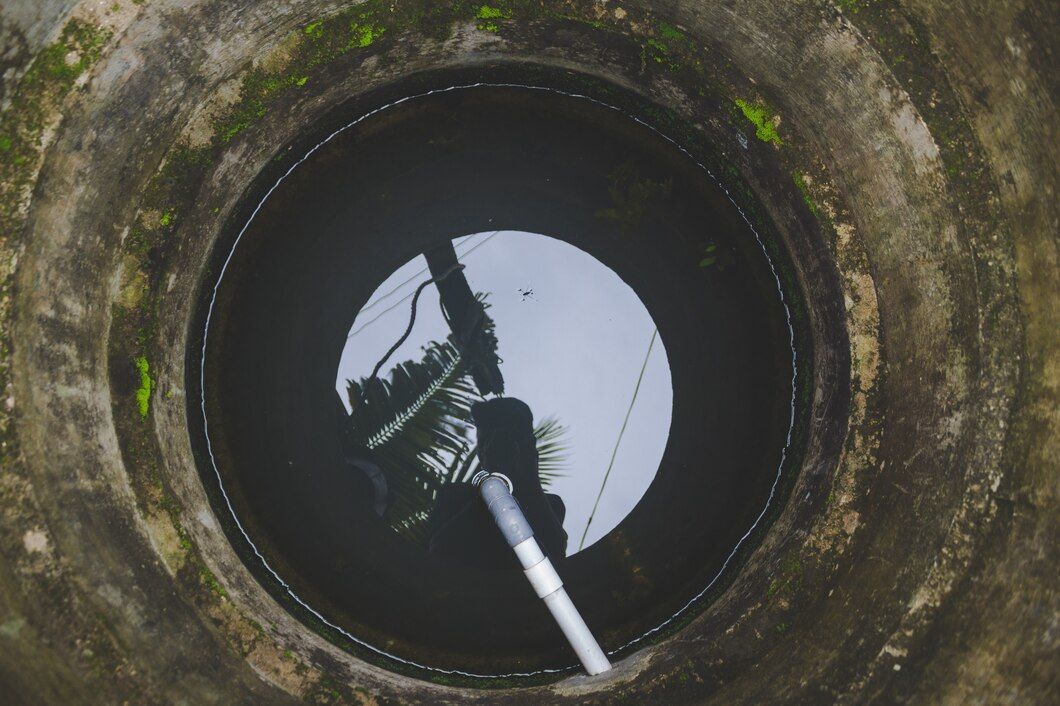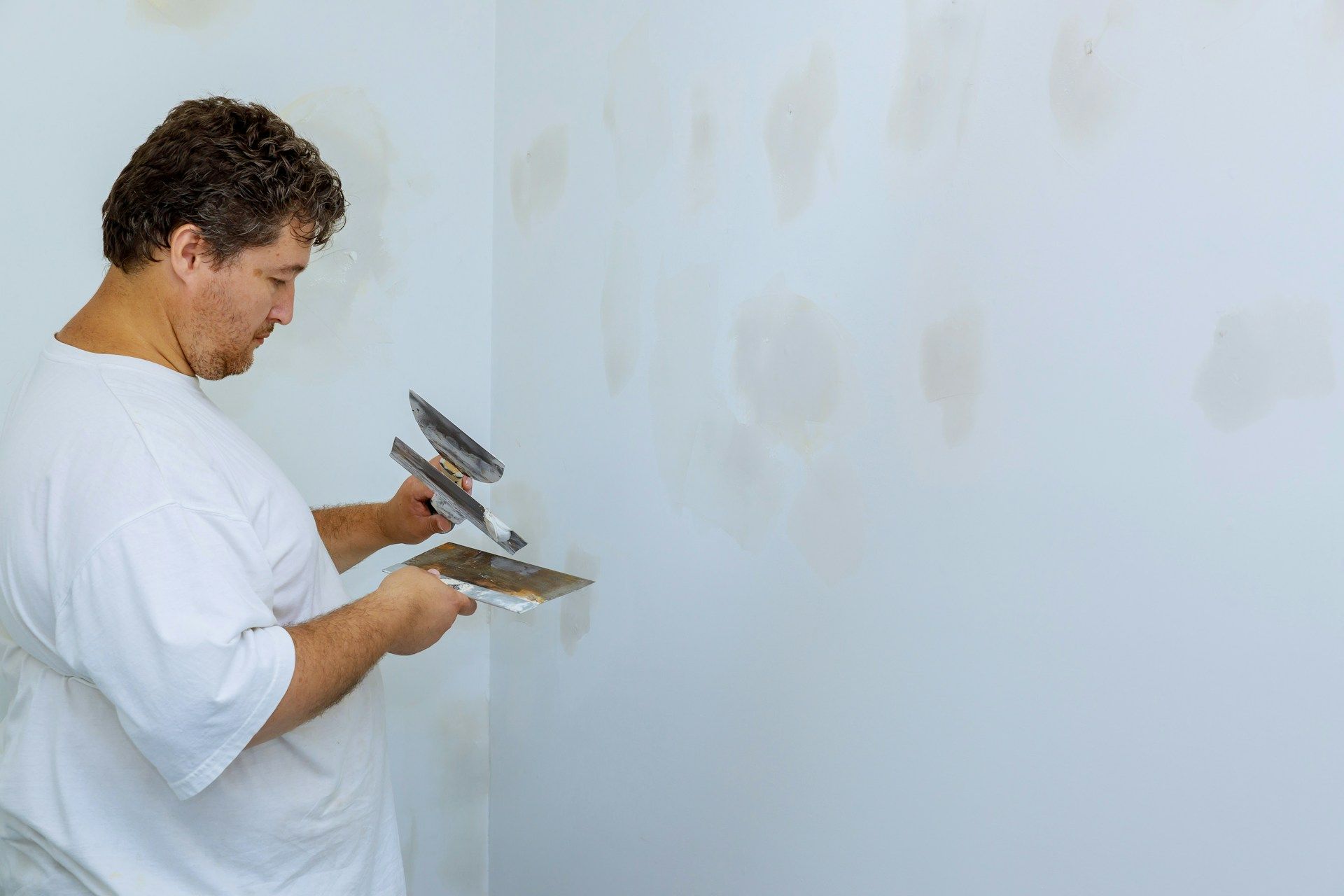The Inlet Baffle Debate: To Install or Not to Install in Septic Tanks?
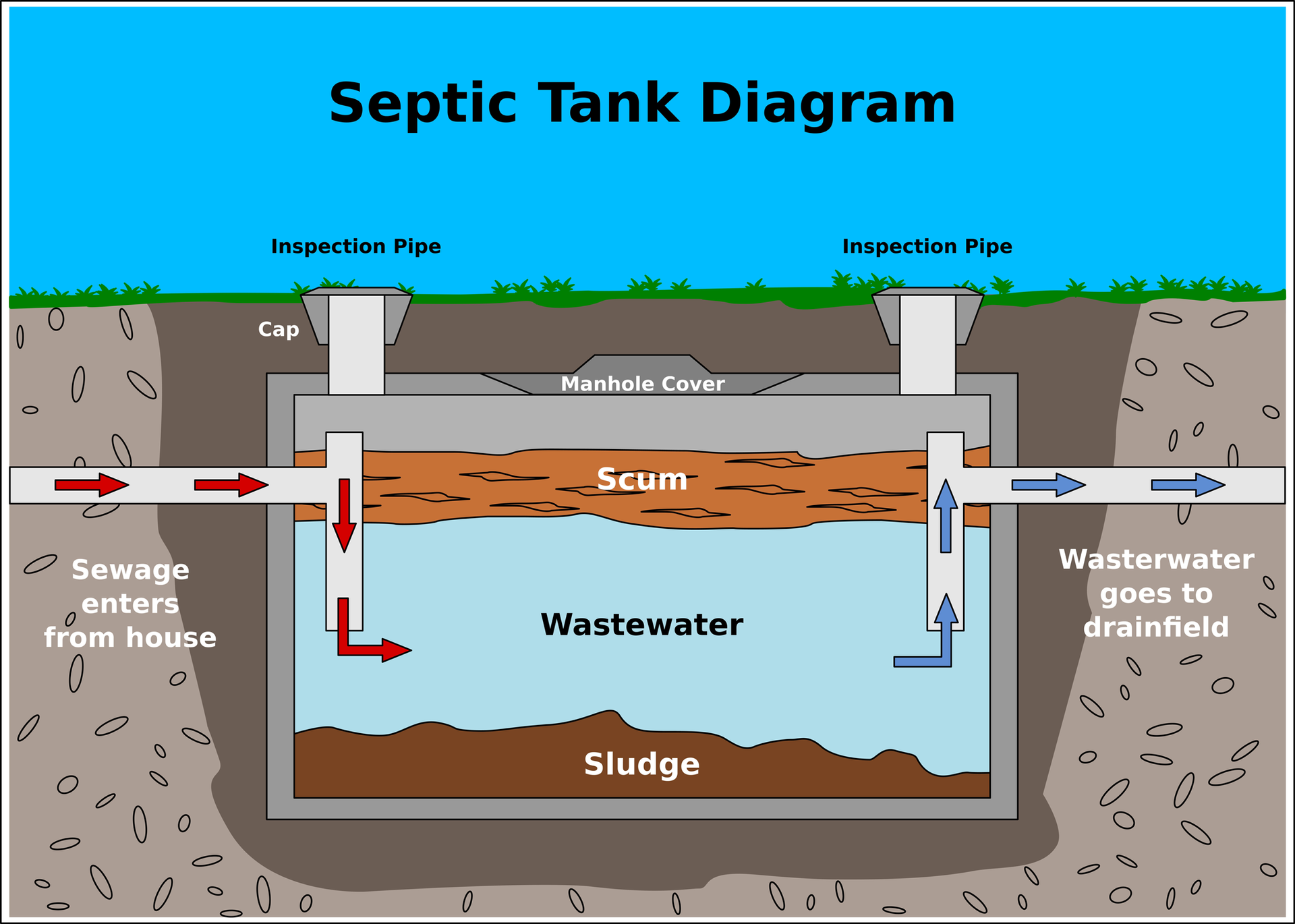
Introduction
Septic tanks are essential components of onsite wastewater management systems, and the inclusion of inlet baffles is a topic that has sparked debate among professionals in the field. While some argue that inlet baffles are crucial for optimal septic tank performance, others question their necessity. In this blog post, we will delve into the debate surrounding the installation of inlet baffles in septic tanks, examining the arguments on both sides to shed light on this contentious topic.
Understanding Inlet Baffles
Inlet baffles, also known as front baffles, are devices installed near the entrance of septic tanks to regulate the flow of wastewater and facilitate the separation of solids and scum.
Arguments in Favor of Inlet Baffles:
Proper Flow Regulation: Inlet baffles play a vital role in directing the flow of wastewater into the septic tank. They ensure that the incoming wastewater is introduced at the appropriate level, preventing direct discharge onto the surface of the solids layer. This regulation helps maintain the desired balance within the tank, optimizing treatment efficiency.
Scum Layer Management: The presence of inlet baffles facilitates the retention of floating scum, including oils, grease, and lighter solids, within the septic tank. By separating the scum from the wastewater, the baffles prevent it from flowing directly into the outlet pipe, allowing it to accumulate separately. This accumulation enables easy removal during regular maintenance, ensuring the long-term functionality of the septic system.
Prevention of Hydraulic Overload: Inlet baffles help control the rate of water entry into the septic tank, preventing hydraulic overload. By regulating the flow, baffles ensure that the incoming wastewater does not exceed the tank's processing capacity. This prevention of overload promotes proper treatment and reduces the risk of system failure.
Arguments Against Inlet Baffles:
Natural Separation Process: Critics of inlet baffles argue that septic tanks can naturally separate solids, scum, and effluent without the need for additional devices. They contend that the natural settling and rising processes within the tank are sufficient to achieve adequate separation.
Potential Blockages: Some opponents of inlet baffles raise concerns about potential blockages. They argue that baffles can become clogged with debris over time, impeding the flow of wastewater and hindering the tank's overall performance. In such cases, the presence of inlet baffles may cause more harm than good.
Simplified Maintenance: Those who advocate against inlet baffles highlight the simplified maintenance and reduced risk of baffle-related issues when baffles are not installed. Without baffles, there are no components that can deteriorate, break, or require periodic septic inspection in Chesapeake Beach, MD and cleaning.
The Importance of Individual Considerations
It's important to note that the necessity of inlet baffles in septic tanks may vary depending on factors such as tank design, soil conditions, and local regulations. The effectiveness and relevance of inlet baffles can differ from one system to another.
Consulting with a professional septic tank service, can provide valuable insights and guidance tailored to your specific septic system requirements. Their expertise will help you make an informed decision on whether or not to install inlet baffles based on the unique characteristics of your system.
Conclusion
The debate surrounding the installation of inlet baffles in septic tanks continues among industry professionals. While proponents argue that inlet baffles provide regulation, scum layer management, and prevent hydraulic overload, opponents suggest that natural separation processes can achieve the desired results without additional components. Ultimately, the decision to install inlet baffles should be based on individual system considerations, local regulations, and expert advice.
If you're unsure about the necessity of inlet baffles in your septic tank, it's essential to consult with professionals who can assess your specific system and provide accurate recommendations. Reach out to experts, like
Next Level Home Inspections, for their insights and personalized guidance. Remember, the goal is to ensure the efficient operation and longevity of your septic system, regardless of the presence or absence of inlet baffles.
Next Level Home Inspections is a family owned and operated business capable of providing full home inspections in Maryland that include radon and water testing as well as drone and thermal imaging.
NAVIGATION
Next Level Home Inspections is a family owned and operated business capable of providing full home inspections in Maryland that include radon and water testing as well as drone and thermal imaging.
NAVIGATION
LOCATION
